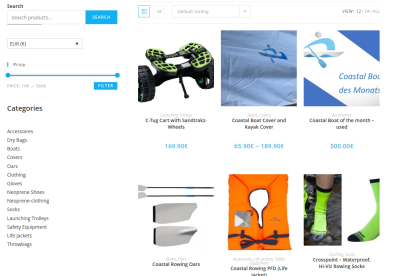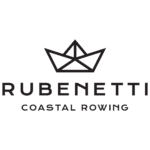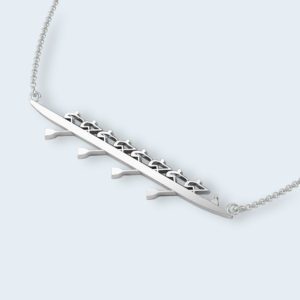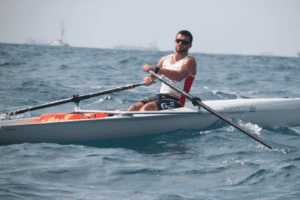For most rowers the ergometer is something that must be put up with. For most coaches it is a training device, something to help their athletes get fit. Both are missing a valuable point. Of course it is a great tool for improving fitness, and offers accessible data to measure changes, but there is more to an ergometer than that.
Ergometers are much less fun than rowing boats, much less satisfying, but those who see them solely as a workout machine miss a vital point. Ergs can and should be a valuable addition to the coach's technical armoury. Ergs can be used to help technique. I remember one athlete who joined the club I was coaching and got into town a few days early and came down to the boathouse for a training session. He was banging along on the erg and I wandered down from the office and began coaching him. He got quite angry with me saying ‘I just want to pull hard; I'll worry about technique in the boat'. The point I tried to get across to him was that there is no point in practising a movement that is close to the one you want eventually but not close enough. All the cross training you do will have an effect on your rowing technique. All cross training, and especially erg training, should be done using movements and sequences that are relevant to rowing. Bad technique on an erg leads to bad technique on the water.
So; when your athletes are on the ergs use the time, insist on the technique being the same as what you want in the boat. Use drills and skill routines to improve technique. I offer a few suggestions below but the possibilities are endless.
There is also the question of equipment. The two main ergometers available are the dominant Concept II and the Rowperfect . The Rowperfect is a much superior rowing simulator and rewards good technique with improved scores. The Concept is less good as a simulator but is relatively robust, cheaper and much more common.
If you are using Concepts get sliders and join the machines together, groups of 8 are easily possible; this promotes crew uniformity and a better approach to the catch.
Use video. There are advantages in filming from a fixed position and analysis of the athlete's sequences and body positions is easy and valuable.
Try to get a live video set up. It is easy and cheap to get a webcam or similar and a few old monitors and install a CCTV rig so your athletes can watch themselves in action.
On the Concept use lighter resistances; this mimics the feel of a boat better.
On the Rowperfect use the monitor and the data it provides. Stroke length is a very valuable tool. What is shown is not the distance the handle travels but the distance the handle travels when connected to the wheel.
Join your Rowperfects together. Bars can be bolted between the machines to link them together and this gives a good simulation of how precise a crew needs to be in the stroke to extract maximum benefit from their power.
Duncan Holland

![Reblog this post [with Zemanta]](http://img.zemanta.com/reblog_e.png?x-id=1e8d1b96-8aed-4985-8211-99051c4579e2)






